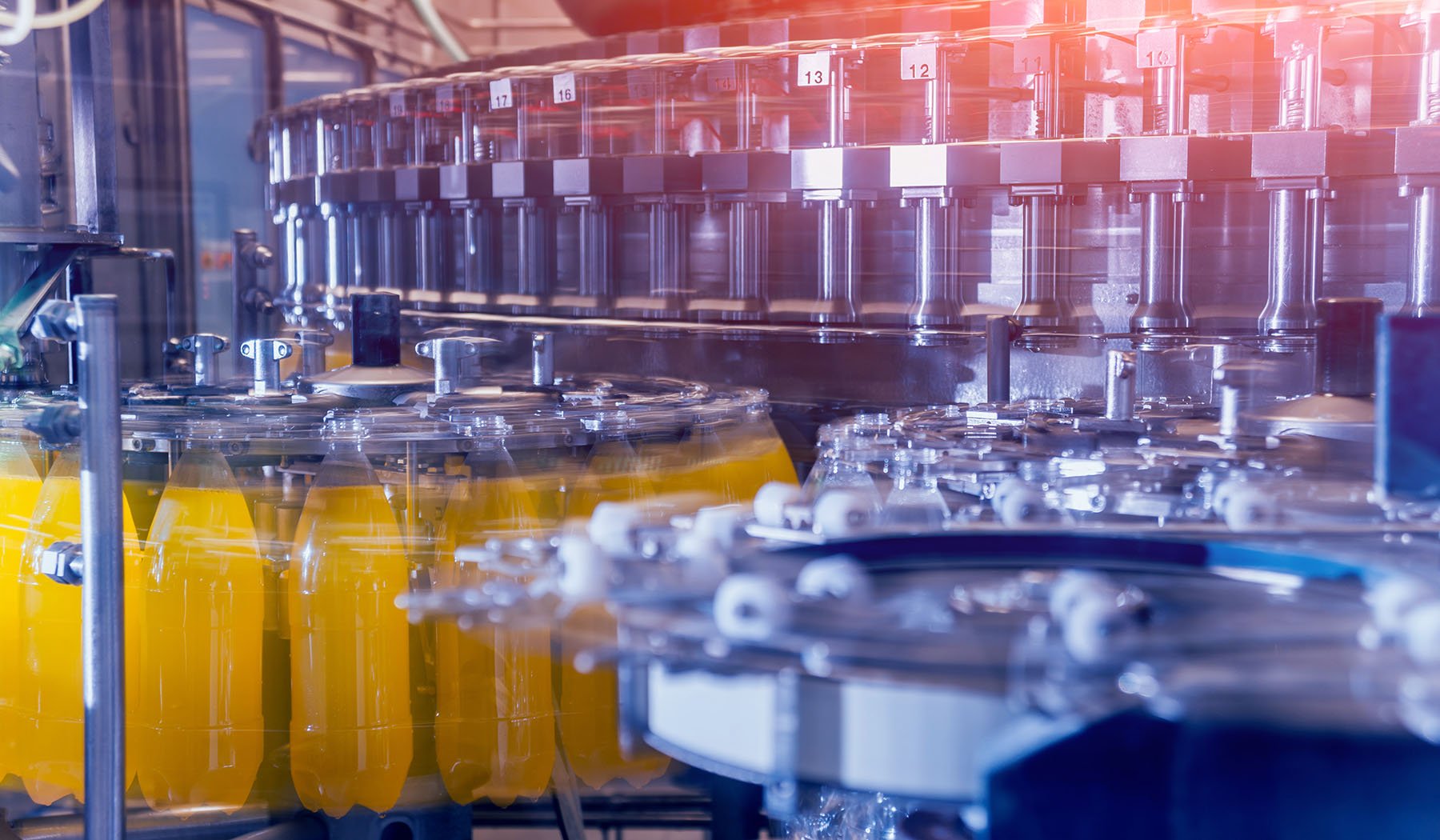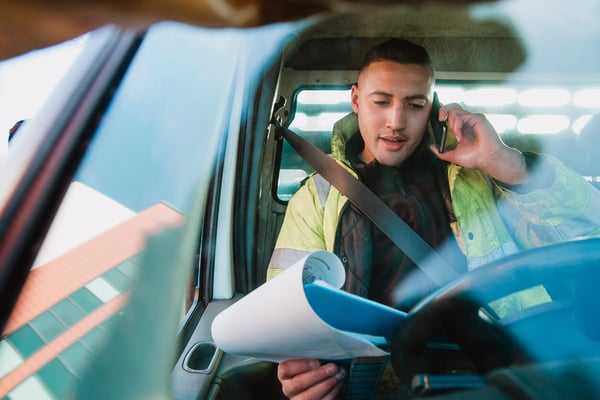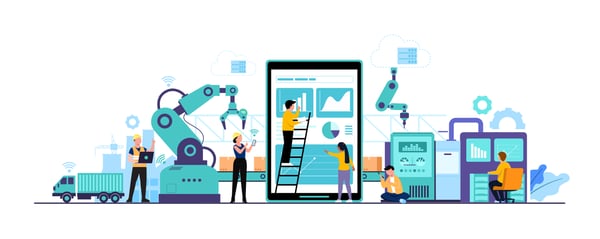Increasing Covid-19 restrictions, an ever-stricter regulatory landscape, and a growing number of consumers demanding safer and more specialist food with full traceability. All can seem like tough challenges – yet leading food and beverage manufacturers recognize that they add up to a perfect storm of opportunity.







